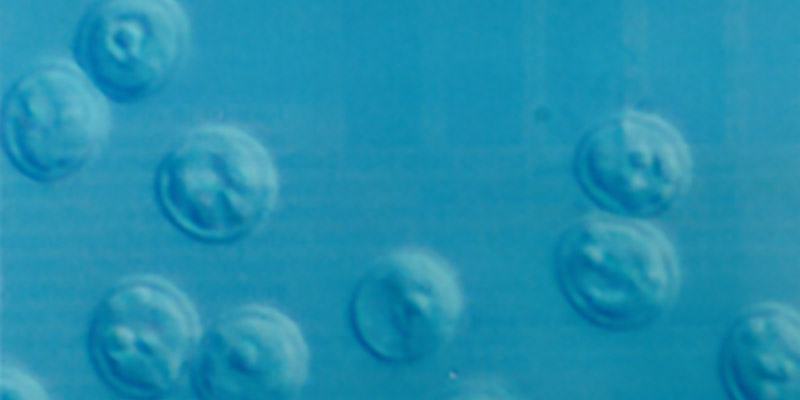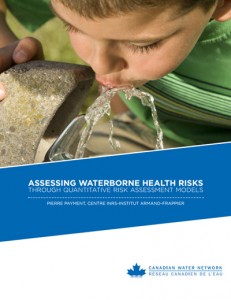Assessing Waterborne Health Risks Through Quantitative Risk Assessment Models
Principal Investigators - Benoit Barbeau, Professor, École Polytechnique de Montréal and Pierre Payment, Professor, NRS‐Institut, 2008 - 2012

Challenge
In the treatment of drinking water, a balance must be maintained between microbial safety and limiting the long term chemical risk from treatment. To achieve this, Quantitative Microbial Risk Assessment (QMRA) models may be used as a tool for evaluating the effectiveness of treatment systems and discriminating between various scenarios of improved water treatment investments to reduce microbial risks. Models for QMRA are being increasingly used by regulatory agencies to define public health goals. The risk estimates of these models (typically the risk of infection, illness or DALY) varies greatly different contries as well as among provinces and territories in Canada. These differences arise from selection of target organisms, dose-response parameters as well as estimates of treatment performances. In order for these models to be effective, a consensual approach is needed for expanding the use of QMRA in Canada.
This project, led by Dr. Benoit Barbeau (formerly led by Dr. Pierre Payment), tested the applicability of the various QMRA models, and reviewed the ways in which QMRA risk estimates can be improved or validated and ways in which user-friendly QMRA models can be deployed in Canada.
Project
The project team, led by Drs. Pierre Payment and Benoit Barbeau, engaged various stakeholders (water suppliers, regulators, health authorities, risk assessment scientists) in systematically reviewing the applicability of QMRA models designed to support risk management by water suppliers and regulatory agencies. The first step in this process involved collecting in‐plant data from several drinking water treatment plants struggling with designing effective pathogen removal treatments. The in-plant data was then compared with the results predicted by current Efficiency Removal Models from different legislations.
Using the results of this comparative analysis, a critical review of current microbial risk models was conducted to determine which models could be considered as the most appropriate for a comparative risk assessment. Lastly, health data from populations exposed to pathogens was evaluated in order to validate the QMRA models and adjust them if required.
Results of this study contributed to the improvement and acceptance of the QMRA model promoted by Health Canada. The findings have been used by Health Canada to improve their model for risk assessment (reduce uncertainty inherent in QMRA and CT models), and is being shared with partners to implement QMRA at sites across Canada in order to improve the ability to assess the costs and benefits of a particular treatment strategy.
Outputs
- The production of a report on the applicability of Quantitative Microbial Risk Assessment (QMRA) models to improve source water protection, prepared for the Region of Peel in collaboration with the National Water Research Institute (Environment Canada).
- A training session on QMRA was organized for public health authorities and water operators in Québec. Similar activities, through this project and collaborators, were undertaken in Alberta, Ontario and Nova-Scotia.
- Presentations of the research findings were conducted at the following conferences:
- Assessing Pathogen Fate, Transport and Risk in Natural and Engineered Water Treatment, Banff, AB, 2012
- 15th Canadian National Drinking Water Conference, Kelowna, BC, 2012
Outcomes
- Increased awareness and use of QMRA models by government agencies and municipalities.
- The project resulted in an awareness of QMRA as a tool for the water utilities in the greater Toronto region, and the Region of Peel is currently applying the results of this project on Lake Ontario and local rivers to assess what changes could be made to ensure better source water protection for drinking water intakes.
- QMRA models were developed in the region of Montreal to optimize treatment strategies for nine water treatment plants in the region.
- Advanced awareness of the utility of QMRA models.
- Important networking opportunities and potential partnerships have been developed between several water utilities (Ottawa, Montreal, Laval, Victoriaville, Edmonton, Rosemere, Calgary, Halifax, the National Water Research Institute (NWRI) and the Region of Peel). Most notably, the NWRI and Region of Peel are supporting an extension to this project by expanding it to source water protection.





